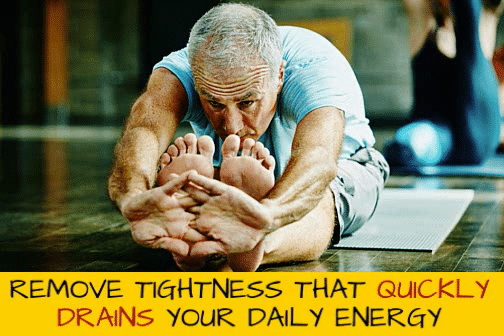Avoid These 6 Mistakes to Boost Your Athletic Power

Avoid These 6 Mistakes to Boost Your Athletic Power-STACK
Sport-specific power is the rocket fuel that propels great athletes. The ability to explosively generate huge amounts of force in the fastest time possible can leave your opponent dazed, trying to remember the license plate number of the truck that just flattened him.
Competitors possessing the greatest athletic power are arguably the most exciting to watch, and many young protégés walk into the gym with the goal of developing the qualities they most admire in their heroes. The problem is that many montages of pro athletes splice together 1- to 3-second clips of super strong guys with 10 years of training experience pushing big weight, jumping over shoulder-height hurdles and hitting the pavement for 5-mile hill runs—all without context for the science behind how they got there.
For any serious athlete, trial and error is no longer an option. Athletes need to know the “why” behind what they do, as well as what not to do, in order to improve. Learn the science behind power training and gain a huge advantage by avoiding the six mistakes below.
1. Explosive Exercises that Actually Cause Deceleration
Speed and force of contraction are vital components of power and can be trained in the gym with a variety of tools. Many athletes use explosive Barbell Bench Presses and Bent-Over Rows to accomplish this. The problem, according to several studies, is that when training for power with lighter weights, the body naturally decelerates the bar for up to 52 percent of the pushing motion. This dramatically impacts power development while teaching the limbs to not follow through, which is brutal for most sport movements.
Solution: On the Bench Press and Bent-Over Row, add bands or chains to the bar to furnish resistance through a greater portion of the movement. Also, use medicine balls or Plyometric Push-Ups to gain full acceleration.
2. Steady State Cardio
Studies have shown that long duration, steady state cardio can appropriate certain muscle fibers and use them for aerobic purposes at the expense of strength and athletic power.
Solution: Break up your cardio into 3- to 5-minute intervals at a higher intensity, with 1- to 3-minute breaks. This way, you will make aerobic gains similar to steady state cardio while enhancing your power endurance on the field and in the gym.
3. No Standing Core Work
Athletes interested in generating maximum power in their sport need to train in the gym with techniques that optimally promote that result. Core training has been shown to improve force generation of the extremities during sports. Studies have shown that standing exercises with upper-extremity isometric muscle actions generally elicit higher core activity than exercises in other positions.
Solution: Floor work for the core is a great base building/stabilization activity, but for optimal power, athletes need to stand up.
4. Too Little Rest Between Heavy Sets
Typical rest periods for bodybuilders and those looking to increase their muscle size via hypertrophy are 30 seconds to 1 minute. Supersets have become popular to save time by designating minimal rest periods between sets. This approach is great for those concerned with looking lean and muscular; but for athletes who want to develop maximum strength and power, they fall short—producing fewer gains in strength and power over time.
Solution: Recommended rest periods for max strength are 2 to 5 minutes, and 3 to 4 minutes for complex power training between strength and plyometric exercises. Use the time to do mobility work with a foam roller or stabilization exercises on an uninvolved part of the body, like the rotator cuff during a lower-body exercise.
5. Failure to Train Single-Leg Strength
Heavy Squats and Deadlifts are great for developing maximum strength in the gym, but many sports also demand single-leg power, which relies heavily on foot, ankle, knee, hip and core muscle stability not activated by bilateral exercises. Don’t be the athlete who squats 315 pound for reps and can’t do one Single-Leg Squat.
Solution: Perform single-leg exercises twice per week, alternating between knee and hip focus. Examples: Single-Leg Romanian Deadlift and Bulgarian Split Squat.
6. Going Through The Motions
During any lift, maximal voluntary contraction (MVC) is the fastest and most ballistic way to recruit muscle to move weight. MVC training has been shown to increase strength by 10.2 percent over going through the motions and using less zip. Studies show that even if the bar moves more slowly under significant weight, quick impulses on the bar have a positive effect on strength.
Solution: Control the weight down for 2 to 3 seconds for safety and then push as if your life depended on it.
Original post found at: http://sports.yahoo.com/news/avoid-6-mistakes-boost-athletic-133013594.html
P.S. It takes many months/years of proper training to gain the athleticism of great athletes. They spent many hours doing sport specific exercises with a trainer or coach to get where they are. Athletes who train like this may develop injuries but few will suffer from diseases like diabetes.
P.P.S. Visit Exercises for Diabetics Today for easy workouts you can start now . . . and be ten pounds lighter in five weeks.






